Orthopedic & Muscular System: Current Research
Open Access
ISSN: 2161-0533
ISSN: 2161-0533
Image Article - (2017) Volume 6, Issue 2
A Bangladeshi 24 year old man was admitted to the hospital with a right hand injury. The examination showed that the tendons of the right hand of the patient were severely injured. X-ray report showed no bone injury. Within 24 h of the accident surgery was performed but the patient was unable to move the thumb. Therefore a second time surgery was performed. In the second surgery extensor carpi radialis longus (ECRL), extensor carpi radialis brevis (ECRB), abductor pollicis brevis (APB), extensor pollicis brevis (EPB) were found defected and all separated tendons were repaired effectively.
Keywords: Extensor tendon; Injury; Distal forearm; Right hand
EPL: Extensor pollicis longus; ECRL: Extensor carpi radialis longus; ECRB: Extensor carpi radialis brevis; APB: Abductor pollicis brevis; EPB: Extensor pollicis brevis
The extensor tendons are situated in a superficial site on the dorsal aspect of the hand [1,2]. They lie just under the skin (i.e., back of the hands and fingers) and are highly prone to injury by a minor cut that may cause the tendons to split from their addition to the bone [3,4]. The extensor tendon injury has the potential to seriously impair hand function [5,6]. Repair of extensor tendon injury can be challenging and treatments differ depending on the place of the defect [7,8].
A 24 year old Bangladeshi man with a right hand injury was admitted to the hospital as a result of an accident by a ceiling fan. Figure 1 represents the injured right hand of the patient immediately after the accident. The X-ray report of the right hand reported no serious injury in the bone (Figure 2). The physician examined that extensor tendons of the right hand were damaged and within 24 h of the accident surgery was performed. The condition of the right hand after 30 days of the surgery is given in Figure 3. But it is a matter of regret that the patient was unable to move the thumb of the right hand. Thus physicians recommended second time surgery and their examination revealed the following points:
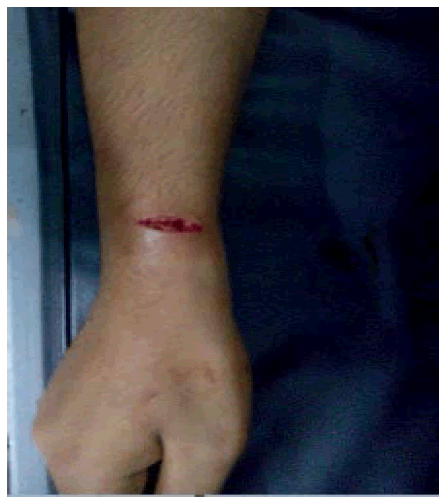
Figure 1: The right hand of the patient after injury.
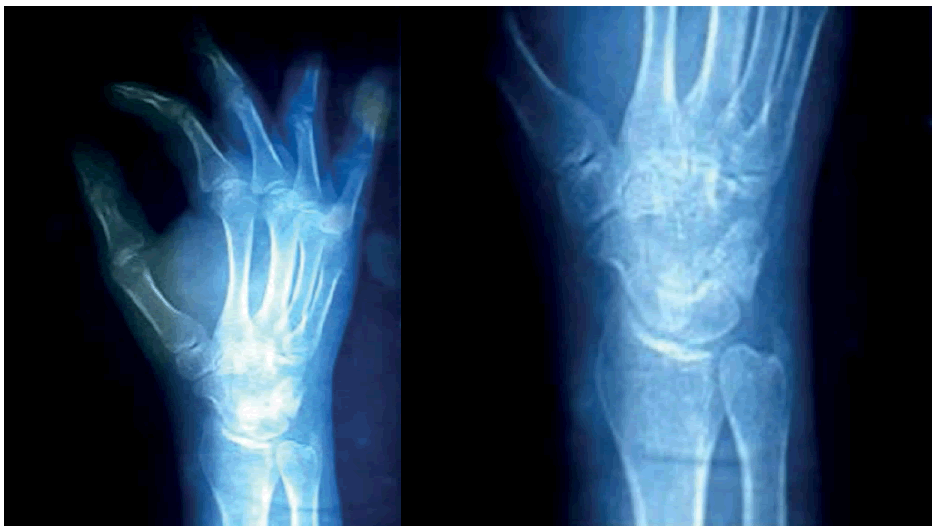
Figure 2: X-ray of the right hand of the patient.

Figure 3: The right hand of the patient after first surgery.
• Extensor pollicis longus (EPL) was found intact
• Extensor carpi radialis longus (ECRL) was found partially injured
• Extensor carpi radialis brevis (ECRB) was found partially injured
• Abductor pollicis brevis (APB) was found found injured
• Extensor pollicis brevis (EPB) was found found injured
The surgery successfully repaired all defected tendons. In the Figure 4, the condition of the right hand after 15 days of the second surgery was represented. Now the patient can move the thumb, but he has lost about 50% of his writing speed and felt discomfort to perform daily activities. In Figure 5, X-ray images and in Figure 6 the current conditions of the right hand are presented.
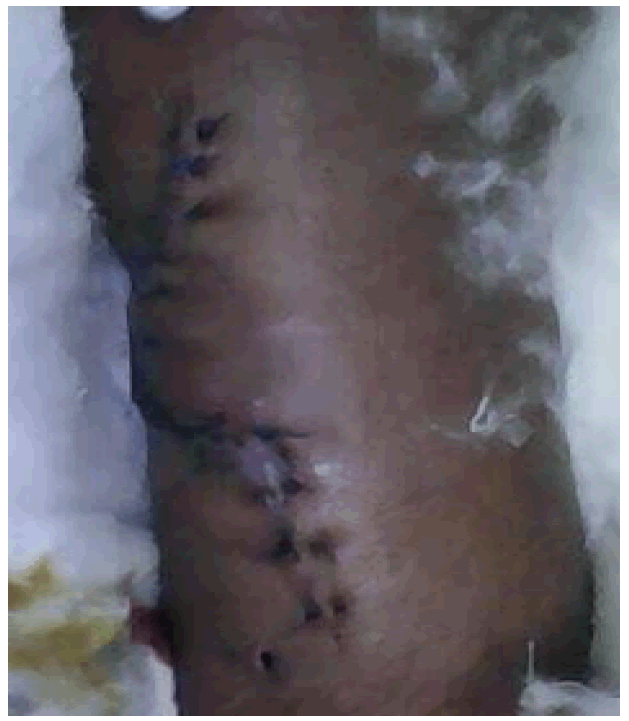
Figure 4: The right hand of the patient after second surgery.
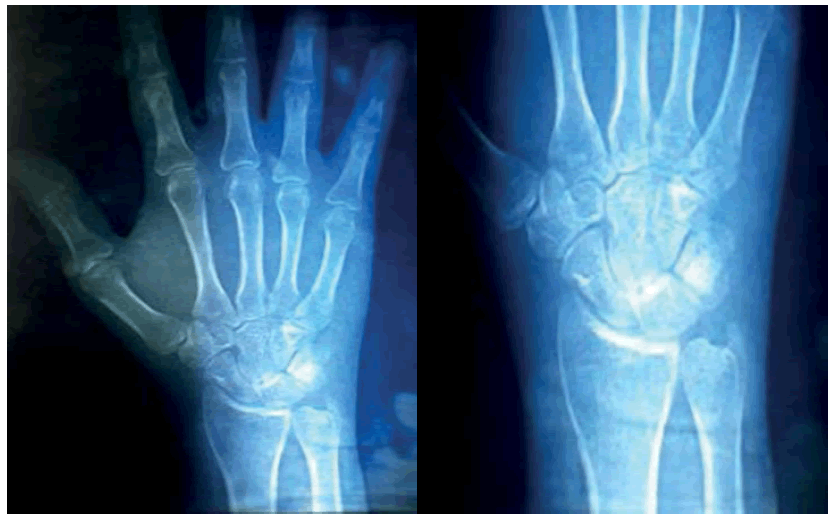
Figure 5: The present condition of the X-ray of the right hand of the patient.
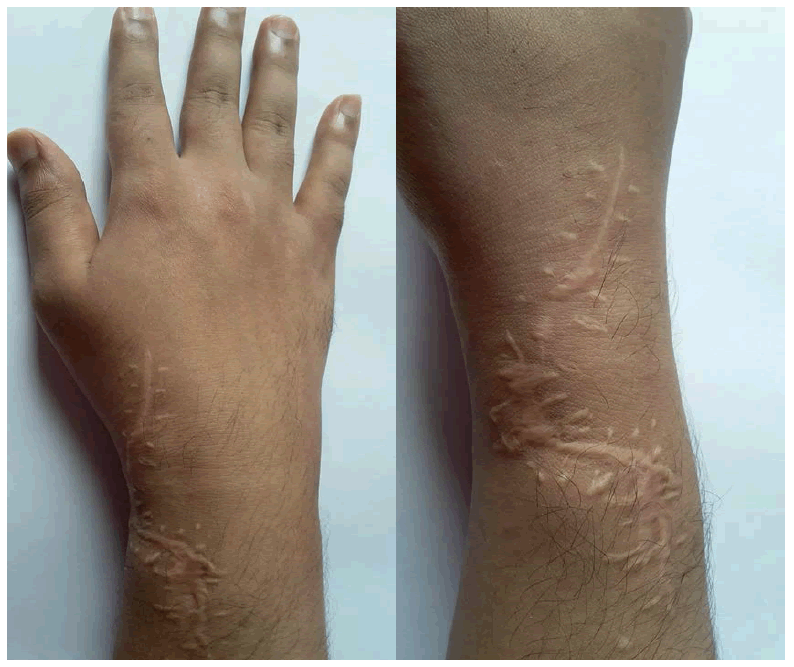
Figure 6: The present condition of the right hand of the patient.
The authors took consent from the patient.
The authors took consent from the patient for publication.
This work was carried out in collaboration between all authors. Authors MSU, AAM, MTK, MMI, MWW, MZI and RM participated to collect images and prepared the draft of the manuscript. All the authors read and approved the final manuscript.
The authors wish to thank the anonymous reviewer(s)/editor(s) of this article for their constructive reviews.
The authors proclaim that they have no competing interests.